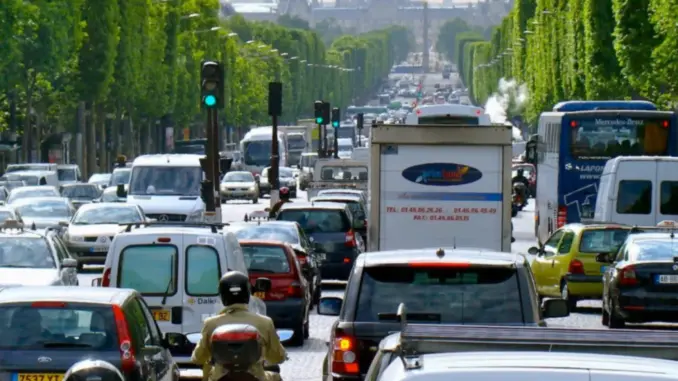
Manufacturers split over European climate targets
The 2035 deadline to stop the sale of new petrol and diesel cars in the European Union crystallizes tensions within the automotive industry today. At a recent Mercedes-Benz showcase, a symbolic moment captured this ambivalence: CEO Ola Källenius announced the brand’s progress on Megawatt charging while also insisting that V12 engines are not about to vanish. This duality perfectly mirrors the uncomfortable position of European makers, forced to pour huge sums into electrification while trying to keep their combustion activities alive.
The European auto industry is far from a united front on this regulation. On one side, more than 150 executives from the electric sector signed an open letter urging the European Commission to “stand firm” on the zero-emission 2035 goal. Signatories include Volvo, Polestar, and many battery suppliers and grid operators. These players point out that the rule has already triggered hundreds of billions of euros in investments in new technologies.
Conversely, associations representing BMW, Mercedes, Volkswagen and Renault argue that these carbon targets are “simply no longer feasible.” In a letter to Commission President Ursula von der Leyen, these groups call for a “recalibration” of the emissions reduction plan to protect European industrial competitiveness and social cohesion across the continent.
The German stance exposes the economic stakes
Germany’s new chancellor Friedrich Merz lent his support to manufacturers by stating that “unilateral political commitments to specific technologies constitute a fundamentally misguided economic path.” This stance is significant given the central role of the German auto sector in the national economy. Merz evidently fears that the regulation could amount to “industrial suicide” for Germany.
The figures are indeed staggering: Volkswagen has announced factory closures for the first time in its history, while the whole European industry faces a market slowdown, elevated energy costs and persistent charging infrastructure shortcomings. U.S. tariffs further exacerbate an already strained situation.
Technical and commercial hurdles of the electric transition
Despite remarkable technological advances at Mercedes, BMW and Volkswagen—particularly in range, charging times and onboard software—the profitability of this shift remains uncertain. Manufacturers must at once develop next-generation electric powertrains while keeping their current combustion lineups, which implies a dual and enormous investment.
Chinese competition alters the European landscape
The irony is that while Europe argues, Chinese automakers are steadily establishing themselves on the continental market with their electric vehicles. These brands do not get bogged down in debates about internal combustion and offer competitive electric solutions that attract a European clientele increasingly attentive to environmental issues.
This Asian competition forces a strategic rethink: should Europe stubbornly preserve a costly combustion industry when competitors have bet on all-electric solutions for years? Investing in clean technologies thus becomes as much a question of economic survival as of climate commitment.
A pivotal negotiation for the future of European automobiles
The upcoming meeting between industry leaders and the President of the European Commission promises to be decisive. The stakes go well beyond the implementation timetable: it will determine whether Europe opts for a gradual approach that safeguards its industrial base or maintains a resolute strategy aligned with climate goals.
Scientific evidence clearly supports a sharp reduction in carbon emissions from transport and vehicle production. At the same time, social and economic urgency pushes toward greater pragmatism. This tension between climate imperatives and industrial realities will likely shape the future of mobility across Europe, with effects that will extend far beyond the Union’s borders.

Leave a Reply